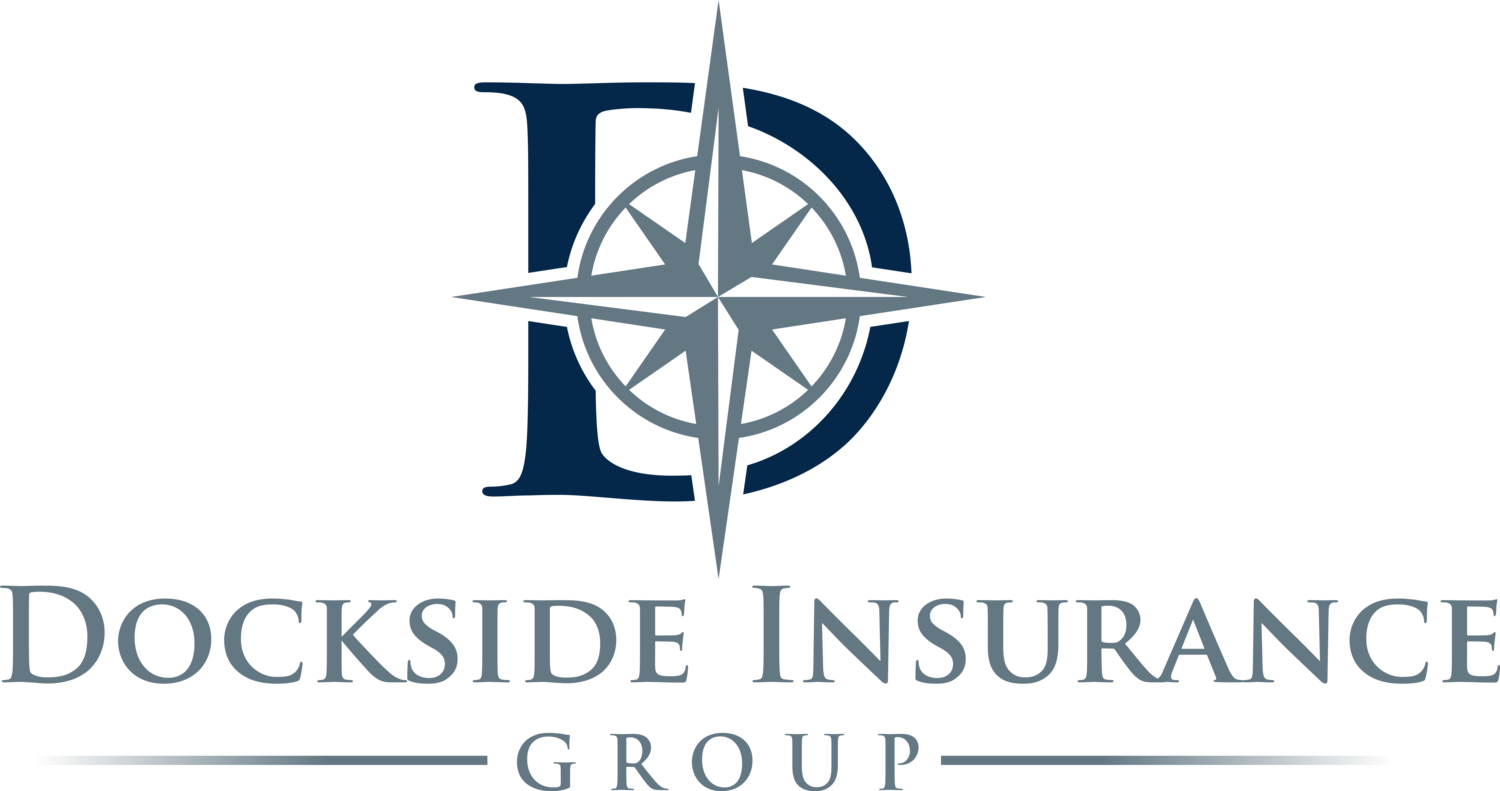Flood Insurance Changes - FEMA Risk Rating 2.0
/Most aren’t aware that within the past couple of weeks on October 1st, the business of flood insurance experienced a dramatic change; a shift from the way flood insurance has been written for decades. This change will affect most people in Florida’s coastal and low lying communities in ways that isn’t fully realized yet. Many property owners will see their premiums increase more than 300%, and some could experience even higher increases depending on the property. In order to understand the full impact, a little background is needed.
The vast majority of all flood insurance policies in force in this country are underwritten through the National Flood Insurance Program (NFIP), which is a government program wholly managed by FEMA. Established by the National Flood Insurance Act of 1968, the program uses private insurance companies and their agents to insure both residential and commercial properties in participating communities throughout the country. The process is administered by a private carrier but claims are paid from the NFIP.
The long standing rating methodology for these FEMA backed flood insurance policies included flood zone based maps and elevations. That all changed starting October 1st for newly issued policies. Now information used for rating includes distance to the flood source, type of construction, overall rebuild cost of the property, claims history, and prior insurance history, among other data points. This new methodology is a radical departure and FEMA’s goal is to have more equity in the rating process. There is a long held belief in parts of the insurance industry that less risky, interior parts of the country are subsidizing the exposures of the more risky, coastal areas of the country.
This new process is called Risk Rating 2.0 by FEMA.
The most fundamental change doesn’t come from the data points used to rate, although that alone is a large shift. It has to do with premium subsidies and full risk rating. Before this change and starting in the late 1960’s, flood premiums have been “subsidized” by FEMA not collecting the full risk premium on higher risk homes. If a home was built below base flood elevations, as is normally the case with older homes, then the premium was discounted. The general thinking was that the program didn’t want to price people out of their home, some of which were occupied through multiple generations. Legislation changes in 2012 (Biggert-Waters Act) phased out this premium subsidy for non-primary homes, but the subsidies remained for primary homes until now. Going forward, all homes are now rated for their full risk and after April 1st 2022, renewal policies will start to see an annual increase up to 18% until full rate is reached.
It cannot be overstated how massive of a shift this is. Rating data wasn’t released to the insurance industry until September 1st and is only now being fully understood. Surprisingly, this has received little media coverage. News outlets in certain parts of the country have reported flood map zone changes which had been in review for several years, but not really addressing the larger change of this new rating methodology.
If you live in a flood zone, you’ll want to be prepared for the possibility of some pretty sharp premium increases. FEMA has stated that many policy holders will see a decrease, but many industry leaders feel that may apply less to a low and coastal state like Florida. Those same leaders think a state like ours will likely see much of the increased premium, and some will be dramatic. It will be very common for someone used to paying $3,000 or $4,000 a year to be paying $10,000 and up in the coming years.
Private insurance carriers have been using newer technology and rating methodology for years, and FEMA is simply catching up. The good news is that with legislation passed in the last decade, private flood options are now much more prolific. The vast majority of the flood policies in force are still on a FEMA backed paper, but in the coming months and years there will likely be many opportunities for independent insurance agents to help property owners find relief with alternatives that simply weren’t available in the past.
Florida is home to over 1.7 million FEMA backed flood policies of the total 5 million plus in the United States. It’s almost 35% of the nations flood risk. Six of the top fifteen most at risk metropolitan areas for flooding are in Florida. It’s very clear this rating change by FEMA concerns Florida property owners more than almost anywhere else in the country.
Having a long history of working with the National Flood Insurance Program in many parts of the country, the team and leadership at Dockside Insurance Group have an expertise in flood risk, rating, and coverage unmatched by almost all other insurance agencies. Let our expertise help find you creative solutions as premium increases come to Florida in the coming months and years.














